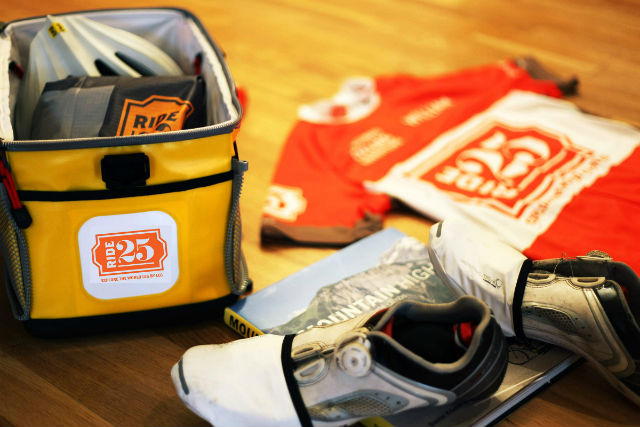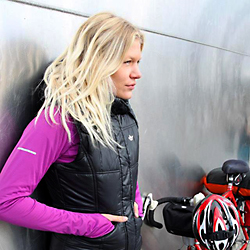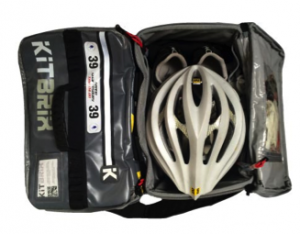

Home » Essential Cycle Tour Kit List and Food Plan

 Written by Ness Knight
Written by Ness Knight
When it comes to preparing your kit for a cycling holiday or tour, you can go round in merry circles trying to figure out what is important and what is just plain unnecessary. We’ve all done it before; crammed a mountain of gear into our bike boxes and backpacks ‘just in case’ we might need it, most of which never sees the light of day on the trip.
It can be confusing and tedious trying to separate the practical gear from the trivial, especially if you are new to cycle tours, but boy is it worth it! So we decided to make it easy for you. We got our team together and created an essential guide to everything you need to pack, along with the lowdown on food intake, and a few optional (but worthwhile) extras to boot.
Getting your cycle clothing right is a must. There is nothing worse than sweating up a mountain in 30°C heat because only brought longs, or flying down an epic alpine descent feeling like a frozen mess on wheels because you forgot to pack arm and leg warmers. They key is to be prepared, and to know what conditions you are likely to be heading into. Here are your basics:
If you are serious about testing out your endurance and performance on a cycle tour, then make sure you look after your body’s carbohydrate stores pre ride, as this will help you stay strong and ensure you still have fuel left in the tank towards the end of your ride. This essentially translates to an intake of around 30g to 60g of carbohydrate for each hour you cycle. But remember, everyone is individual so you need to test out your optimum intake during training sessions to avoid any gastrointestinal distress. Start low and gradually increase the amount till you find your ideal. this last think you or our crew want is you bonking, if you don’t know what that is you can read our popular post about it here – Bonking the birds and the bees.
A typicl day on a cycle tour is split into between 2-4 legs. We recommend you consume bars and any solid food toward the first half of a leg, topping up your carbohydrate needs in the second half with gels and energy drinks to take you the last miles to your rest stop.
 Bars
Bars
Pedalling 60-110 miles a day demand a lot from your body, so make sure you refuel it right. To work out your additional calorie intake needs during a cycle simply multiply the miles you have cycled by 45 calories. For example, a 70-mile day cycling would require approximately extra 3150 calories on average, (but shave a few hundred calories off that for an easy day riding, and add a few more for intense days). An easy alternative is to get techy with a GPS device that tells you what you have burned based on the elevation and terrain you cover. Don’t forget to tally up ALL calories consumed through the day, including those during cycling. We always plan timely and appropriate meal stops on all our Ride25 cycling holidays, so you shouldn’t need to worry about this too much, if riding with us! Your main meal choices should include proteins, good fats and slow burning, healthy carbs such as whole-grains and vegetables, for example:
Be sure to refuel your body within the first 30 minutes after a long ride. You need to give your muscles all the help they need to recover, and that means giving them what they need, when they need it. Long distance cycles also reduce the glutamine in your blood, and replenishing this by supplementing with the amino acid glutamine will help muscle cell repair and keep your immune system running optimally, so it is well worth combining this supplement with one of these options as a post-ride recovery snack:
We all know that dehydration result in a very significant deterioration when it comes to both physical and mental performance, so don’t get complacent when it comes to drinking water through the day. It is easy to forget to keep track of your intake, but it is one of the most important things to get on top of. Drink more in hot weather to make up for increased sweating.
This video from our friends at Global Cycling Network – covers this in a easy to “consume” way!
 1 pedal wrench (for preparing the bikes to fly to your destination)
1 pedal wrench (for preparing the bikes to fly to your destination)
That’s it! Your gear list, sorted. Print this off and use it as a checklist. Enjoy the ride!


Leave a Reply